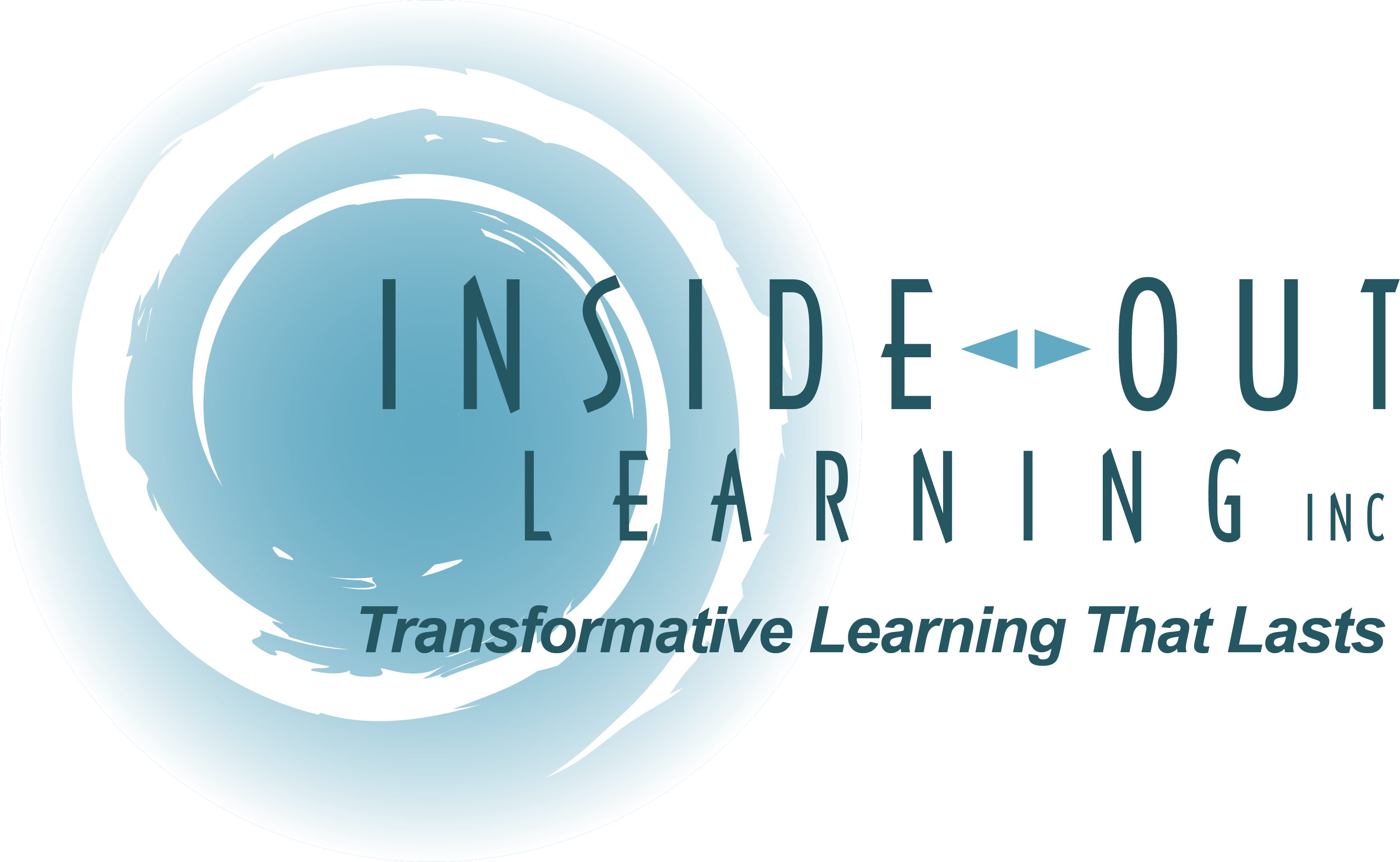How leaders can make change that sticks – Fast Company
How leaders can make change that sticks – Fast Company

It’s that time of year when we make resolutions. Unfortunately, and unsurprisingly, only 19% of us keep self-made promises. At work, making changes company-wide is even more challenging. While changing ourselves is tough, attempting to change others is harder, particularly if we’re talking about an entire company. Whether introducing new values, revising a goal-setting process, or implementing a return-to-office plan, half of all change initiatives fail. But it doesn’t have to be that way. If you’re ready to make change stick this year, then here’s what you can resolve to do differently in 2022.
Start with the effect
“I want my monthly leadership meetings to be successful,” a recent client requested. That’s not an unreasonable goal, but that’s like saying I want my hammer to hammer well. As effective stewards of change, leaders need to ask what we need the hammer to do. Instead of leading with the content (what’s in the email or slide deck) or the tool (a training course or town hall), start by asking what effect we want. Even if we don’t realize it, it’s the effect we’re ultimately after.
For example, after surgery, a patient might ask if the procedure went well. What they really want to know is whether their leg is better. If a leader isn’t clear on the need behind the initiative and why it matters, employees won’t understand either.
Here are a few questions to clarify your ideal effect:
- What do we want to be different because of this change?
- What do we need from the people we’re trying to affect? Why is that important?
- How will we know we’ve succeeded? Can we tell a before and after story?
- What would this change mean for the business?
“What do we want to be different?” is a powerful question. People don’t want a hammer; they want to fix a broken chair.
Unstuff the suitcase
Just like overpacking for a vacation, when it comes to introducing change, it’s tempting to cram everything into that next all-hands meeting. The prevailing driver of this pitfall is a desire for efficiency. We think: It’s hard to get everyone’s schedules arranged, and as long we are all in one place, it’s best to give them as much information as we can.
Bloated slide decks, long messages, 3-day off-sites packed with speakers and sessions. It’s hard to resist the siren song of everything-now-all-at-once. But if change is going to occur, pare it down—our working memory can only hold so much information at one time. Cognitive Load Theory states that sharing too much at once is overwhelming for people, and a lot of that information isn’t retained.
Leave some room. Like the pauses between notes in a song, it’s the space that ensures people can focus on the hook. Give people time to absorb or connect with the ideas. Allowing participants to digest what they heard and share it back in their own words can be powerful.
We recently heard about a company squeezing the introduction of their new values into a 10-minute slot of an already jam-packed town hall. This misstep likely sent an unintentional signal that the result of a months-long effort wasn’t that important. That is definitely not the effect the executives wanted.
The content—a vision or plan—is only as helpful as an audience’s connection to it. A leader’s job is not simply to share content. It is to close the gap between the utility of the information and the participant’s ability to do something with it. Remember: It’s not about how much is in the suitcase, it’s about where it allows us to go.
Tilt the seesaw
In an age when content is king, too many executives assume information is all that’s needed to move people from A to B. But, simply laying out the data won’t work when it comes to changing how people act.
Unfortunately, a common assumption among executives is that employees are ready to embrace the new initiative simply because they work at the company. That’s not the case. Yes, change requires the transfer of information, but getting employees to care and take ownership is also mandatory for the effect to stick.
Often the people who want to spark change have had a hand in shaping it. That’s because when someone is involved, they create a personal connection and are more likely to care. Providing employees with the opportunity to develop the work is one way a leader can tilt the seesaw. Instead of pushing information on people, create the circumstance in which participants want the content.
How can leaders increase the odds that employees will care about this change? Here are two examples:
- Instead of asking how to get employees to care about our new values, ask them what our new values should be
- Instead of wondering how managers will retain and recall what we share in our manager training, get their opinions on what should be included
A change maker’s role does not end at creating and sharing content, but in the conditions they create. The choices we make as leaders can fuel motivation, draw people in, and pull on their desire to take up an initiative as their own. Here’s to this year’s resolutions. May we create the conditions for change to be embraced and endure.
Lindsey Caplan is a screenwriter turned Organizational Psychologist who helps HR and business leaders script their change efforts for the effect they want. Her forthcoming book, The Gathering Effect, is based on her research and consulting practice.
Josh Levine is an educator, consultant, and advocate of all things company culture. His book,Great Mondays, is one of BookAuthority’s best culture books of all time.
via leadership “https://ift.tt/39Ps4zT”
January 1, 2022 at 02:51AM
